|
|
|
The history
of the Thoroughbred began in about 1700 in England, with the importation
of the three great Arabian stallions who would form the foundation for
the breed. These horses would become the cornerstone of the
English Thoroughbred, and the ancestors of the American Thoroughbred.
|
|
They
were the Byerley Turk, who came via Ireland in 1689; |
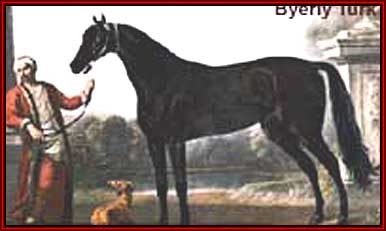 |
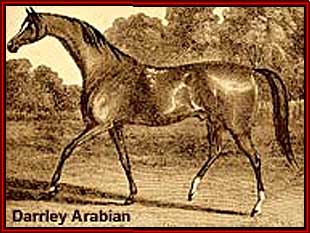 |
the
Darley Arabian in 1703; |
|
and the
Godolphin Arabian in 1724. |
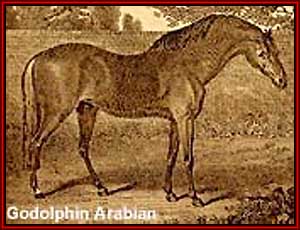 |
|
After the
American Revolution and the subsequent migration into Kentucky
and Tennessee, the love of horse racing and the development of
race horses led to a significant event that would affect not
only the Thoroughbred but also the American Saddlebred and the
Tennessee Walking horse. This was the settling of the
Central Basin of Kentucky and Tennessee know as the Blue Grass
region. Such considerations as mild climate, limestone
water, rich deposits of phosphates, and the potential of the
soil to produce crops which gave stamina and speed to horses
combined to make this area a natural nursery for the production
of superior horseflesh. As a result, this area soon became
the center of light horse production in the New World.
|
|
With the
establishment of the American Stud Book, it was determined
that every thoroughbred in America traces to either the
Byerley Turk son, KING HEROD; the Godolphin son,
MATCHEN; or the Darley Arabian son, ECLIPSE.
|
 |
|
 |
By 1780,
racing in England had developed to the level of a national
classic race at Epsom Downs, to choose the outstanding
Thoroughbred in existence at that time. This race
was won by a horse called DIOMED, who was later
transported to Virginia. 150 years later, when the
Foundation registry was being chosen for the Tennessee
Walking Horse breed, over 60 of the selected horses traced
to this English Derby winner. Every World Grand
Champion Walking horse traces back to DIOMED. |
|
Experimental
breeding in America has pointed out a significant characteristic
of Thoroughbred blood when combined with that of other breeds.
It will strengthen the fundamental qualities of a horse without
eliminating its gait. Regardless of the gait
characteristic, the influence of the union tends to give the
offspring more stamina and grace, providing the animal with a
better physical vehicle through which to exhibit its dominant
gait.
|
|
|
MODERN
THOROUGHBREDS |
|
Man 'O' War |
|
|
Secretariat - Belmont Stakes
1973 |
|
|
Man O' War vs Secretariat Fantasy Race |
|
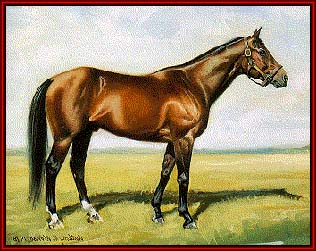 |
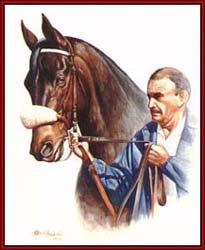
John Henry |
|
|
Seabiscuit vs. War Admiral - 1938 Match Race |
|
|
25 Greatest Race Horses |
|
|
|
|
|
|
|
|
|
|
|